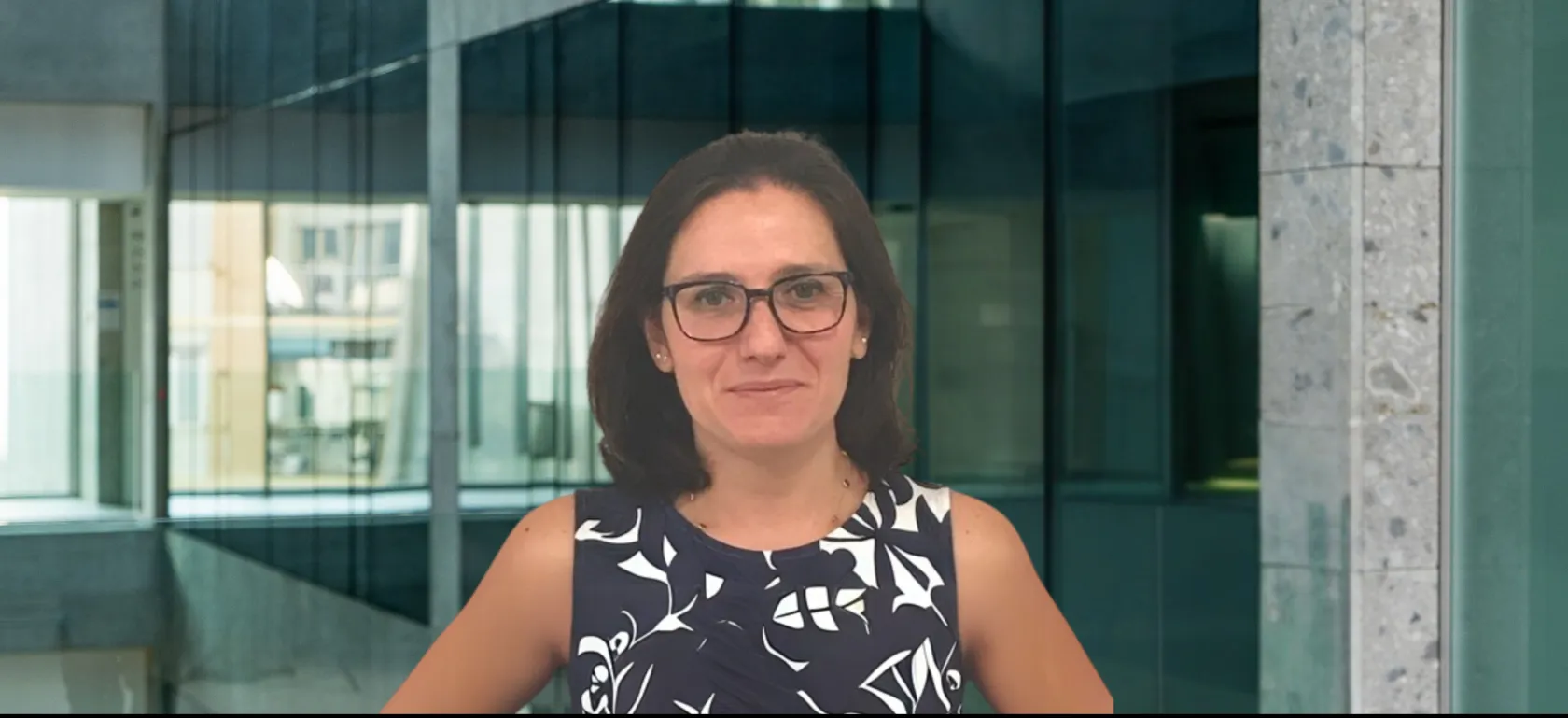
Give Cash to Poor Families, If You Want to Fight Child Poverty
“Don’t give a fish, teach how to fish”. True, but not always. When it comes to fighting child poverty, for example, sometimes donating money to be used flexibly by those who need it most can make the greatest difference. Silvia Paruzzolo, Bocconi alumna and now managing director of Evidence for impact at Save the Children US, is convinced of this, data at hand. From Washington, where she lives and works, Silvia explains what emerges from the daily activity of the organization founded by British activist Eglantyne Jebb (the opinions expressed in the text are personal views).
Save the Children works in 120 countries, therefore in very different contexts. What are the biggest challenges in the fight against child poverty?
Paradoxically, even though countries and situations are very different, the challenges are similar: it is about working with the poorest and most marginalized families. After all, poverty affects all people in the same way, by preventing access to basic services, quality health and causing extreme stress for parents and their children. Everywhere, in order to survive, families must make choices that do not always allow them to invest effectively in the future of their children.
How do you act in these conditions?
There is no single solution, however, we are increasingly pushing for direct cash transfers to families (cash transfer programs). We have in fact realized, data at hand, that those in poverty know best about what they really need in their context and do not waste resources.
A bit of a reversal of the old adage that it’s better to teach how to fish than give a fish, in a certain sense. Doesn't giving cash transfers risk encouraging the disengagement of those who receive them?
There is no shortage of skeptics, obviously. In fact, there is a lot of resistance to the concept. But my answer is always the same: look at the data. Sure, there will always be those who take advantage of the schem, but there is solid scientific evidence that most of the people who receive transfers are intent on improving their condition and know what they need to do to improve their condition more than anyone else. Moreover, we are talking about modest amounts. Cash transfers, then, are part of common approaches to combat child poverty that – we have seen – work.
Which are the other ones?
One, ‘Resourcing Families for Better Nutrition’ focuses on malnutrition (which does not only affect poor countries, but is also present in rich countries like the US). It combines cash transfers – or facilitation of access to government resources – with activities that help improve eating habits, both those of pregnant women and those of infants in their first three years of age. According to a study we conducted in Somalia, this mixed approach combining cash transfers and social behavior nudges is not only more effective than a simple cash transfer, but also more effective than a larger cash transfer.
The second approach, on the other hand, is called ‘Life Skills for Success’ and is focused on adolescents. The idea is that, if you want to break the vicious circle of poverty, it is useful to instill the development of certain fundamental soft skills in girls and boys: self-esteem, decision making, problem solving and self-control. Teaching them, in practice, to make better decisions for their future especially in a context where study and work opportunities are limited and every choice can have a negative or positive long-term impact.
You also mentioned the United States when talking about child poverty. What are the challenges in what is considered the richest nation in the world?
In reality, child poverty also affects the United States and there too the solutions concern access to economic resources. In this, the Child Tax Credit introduced by Biden during Covid, giving the possibility for families with children to have access to more consistent welfare checks, had a positive impact. In addition, we at Save the Children work a lot on the issue of education for the primary school age cohort, especially in the poorest states, such as West Virginia, Mississippi and some other states of the South. There too, as elsewhere in the world, the principle is the same: you work with families.